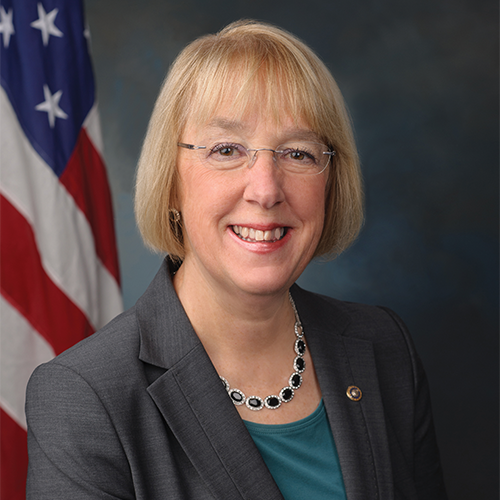Battlefield Urology in Politics
Mark T. Edney, MD, MBA
Legislative success requires three forces to be aligned simultaneously: policy, politics, and process. We in urology have a rare example of federal legislative success that affords us insight into many of the subtleties and challenges of modern lawmaking. After a legislative effort that spanned three Congresses, in 2013 our AUA-led coalition was successful in getting favorable urotrauma language inserted into the FY 2014 National Defense Authorization Act. We began with sound policy - support for military victims of urotrauma. It was and is a “white hat” issue. What took time was getting the politics right and to understand how to leverage the process to our advantage.
The urotrauma legislative story began in 2009 and 2010 when the rate of genitourinary trauma in Iraq and Afghanistan almost doubled from 4.8% to 9.1% due to the confluence of more foot patrols in the rugged Afghan terrain with the buried IED becoming the enemy’s weapon of choice. A new injury pattern- dismounted complex blast injury (DCBI) emerged. It is a complex injury and genitourinary trauma is a common feature. In 2010 the AUA empaneled a urotrauma task force co-chaired by Drs. Allen Morey and Rodney Davis. One of the panel’s initiatives was the creation of a Federal Bill to enhance coordination between the Departments of Defense and Veterans Affairs with respect to the chronic management and care coordination of military victims of urotrauma. HR 5106 gained only 3 co-sponsors and died at the end of the 111th Congress in December 2010. We had the policy right but there were process and politics pieces that were missing.
The bill was reintroduced at the start of the 112th Congress in early 2011- this time HR 1612, which gained 26 co-sponsors thanks in large part to both AUA staff and AUA and AACU physician-advocates. Something else of critical significance to the legislative effort happened in 2011-12: urotrauma was getting national attention. Senator Patty Murray sponsored a bill on the Senate side that provided advanced fertility treatment coverage for urotrauma patients in the VA system; her bill put the issue of military urotrauma in the popular press for weeks during 2012, in large part due to the story of Matthew Keil and his wife Tracy. Matthew was a Marine shot in the neck by a sniper while on patrol in Ramadi, Iraq in 2007. The injury rendered him quadriplegic. As Matthew recovered and the Keils determined to start a family, they found VA policy prohibited coverage of advanced fertility treatment. The Keils ultimately had to seek treatment in the private sector at great expense. Patient (constituent) stories are infinitely more politically powerful in Washington than data and rational argument; likewise public awareness is a key element needed to drive any policy initiative.
Despite the growing base of co-sponsorship and increasing public awareness, however, HR 1612 died again at the end of the 112th Congress in December 2012.
Recognizing that the 113th Congress was likely going to be our last stand for the bill, we finally recognized that we needed to build a coalition, and to take another approach by getting our language inserted into the 2014 National Defense Authorization Act. As surgeons, we know to keep the goal in mind. Don’t get married to one process if it’s not working - especially if you can reach the desired outcome another way. In the Fall of 2013, the policy, politics, and process around our urotrauma initiative were aligned, and our language was in the FY 2014 NDAA which Congress passed and the President signed a short time later.
Urology advocates learned several lessons from this experience:
-
Be patient and persistent- legislative success takes a long time
-
Build coalitions, you can’t do it alone
-
Attend to each of the elements required for legislative success: policy, politics, and process
-
Use the press and social media trends and harness the energy in those waves
-
Patient (constituent) stories are more politically powerful than data and rational argument









